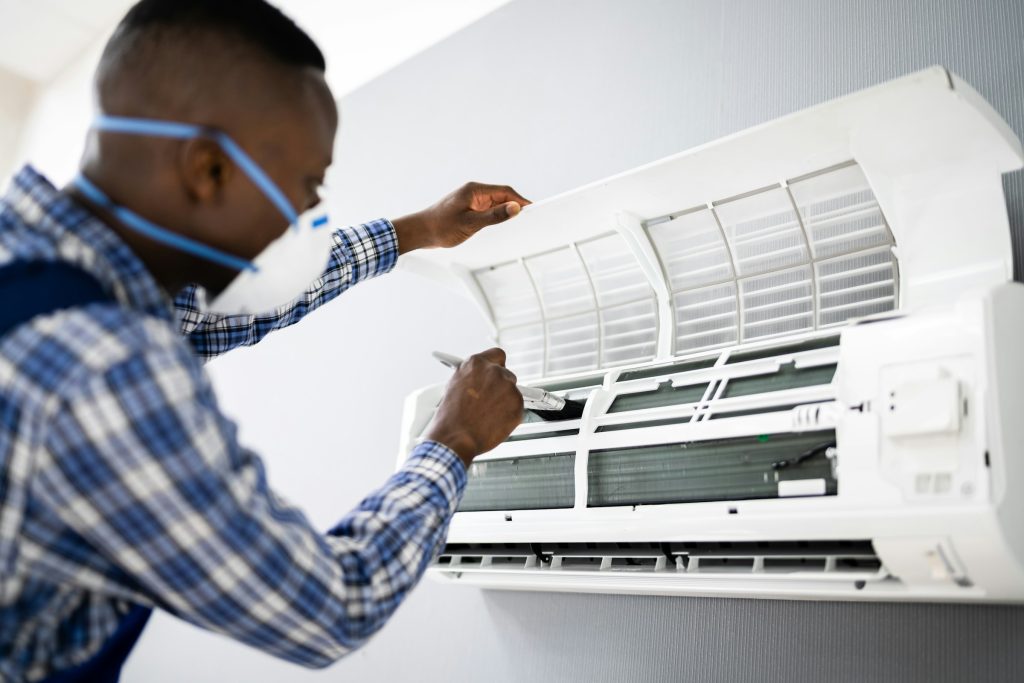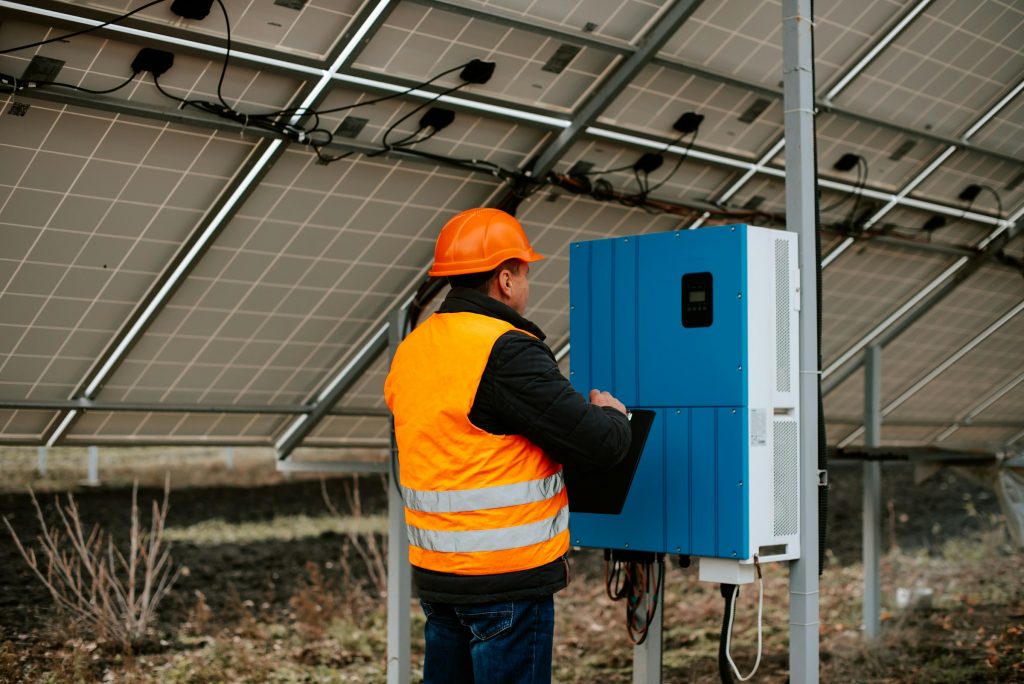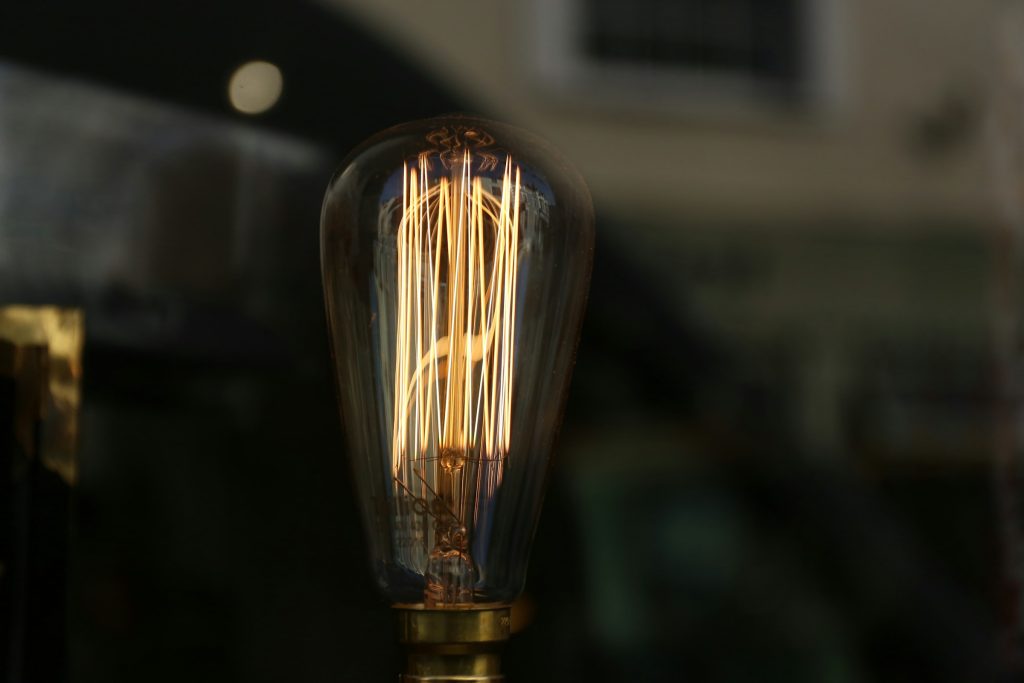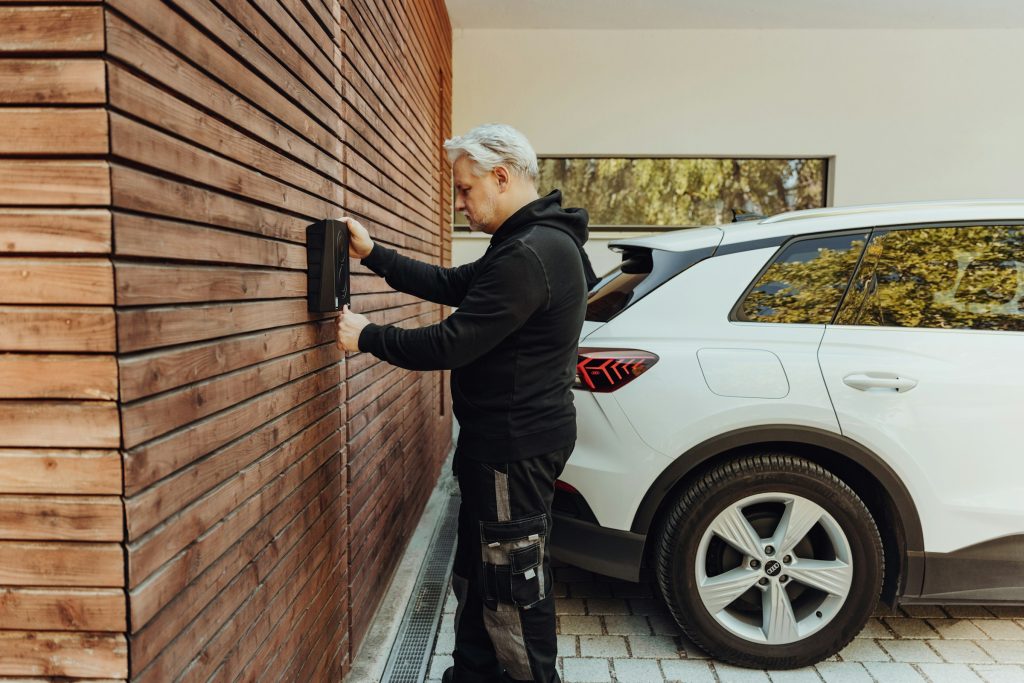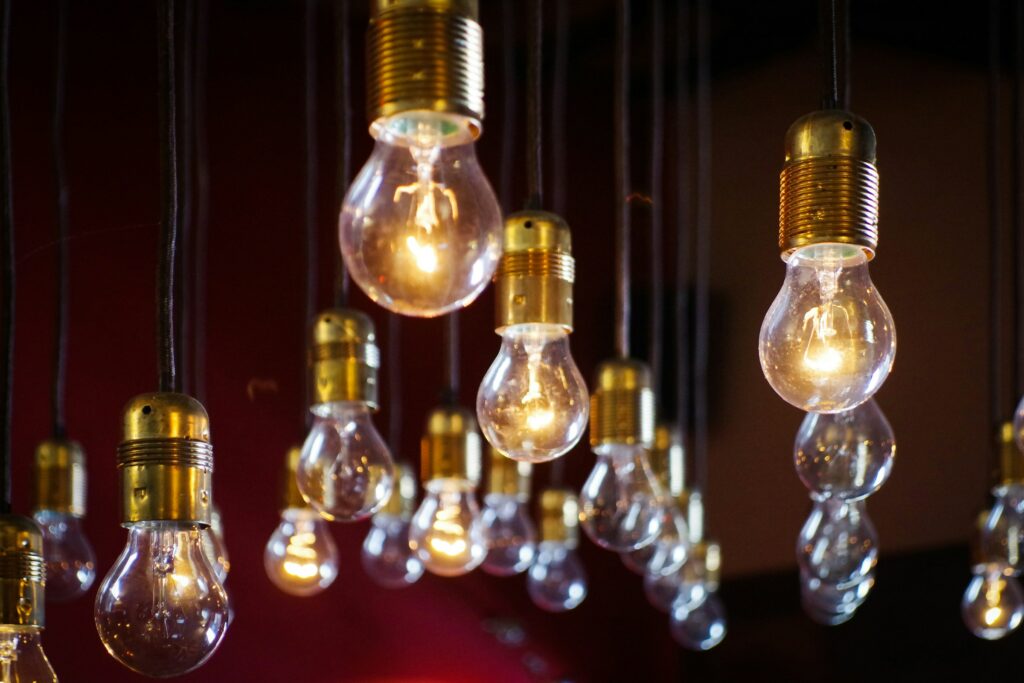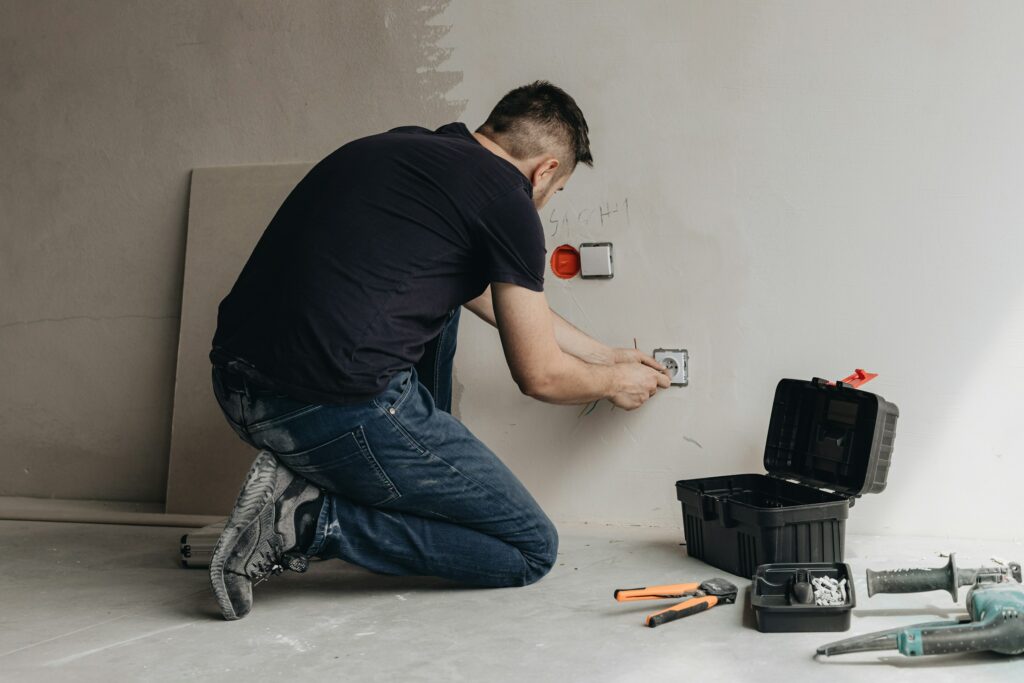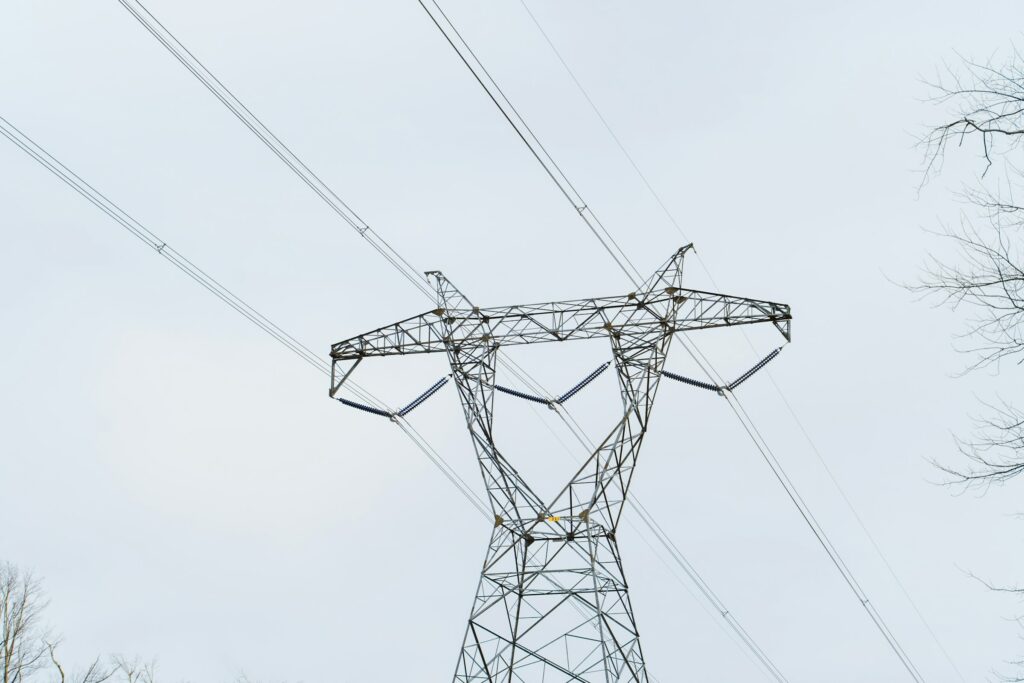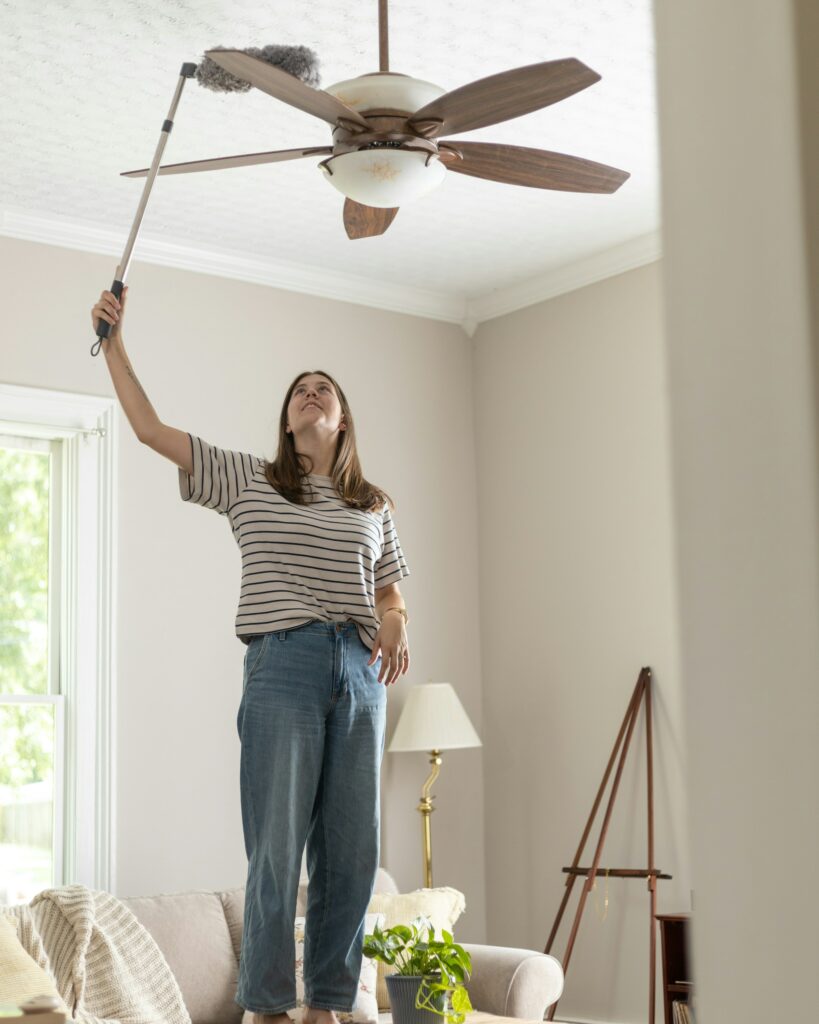Let’s face it – most of us want to save energy at home, but we’re too lazy or overwhelmed to actually do it. We nod along to tips about unplugging appliances and adjusting thermostats, then promptly forget about them as we crank up the AC and leave every light in the house blazing.
I get it. I used to be that guy who’d fall asleep with the TV on every night and then wonder why my electricity bill was through the roof. But after some painful utility bills (and a stern talking-to from my environmentalist friend), I decided to get serious about energy conservation. The good news? Saving energy at home doesn’t have to be complicated or miserable.
With a few simple tweaks to your habits and home setup, you can slash your power usage and bills without sacrificing comfort. Let’s dive into the most impactful energy-saving ways, minus the guilt trips and confusing jargon.
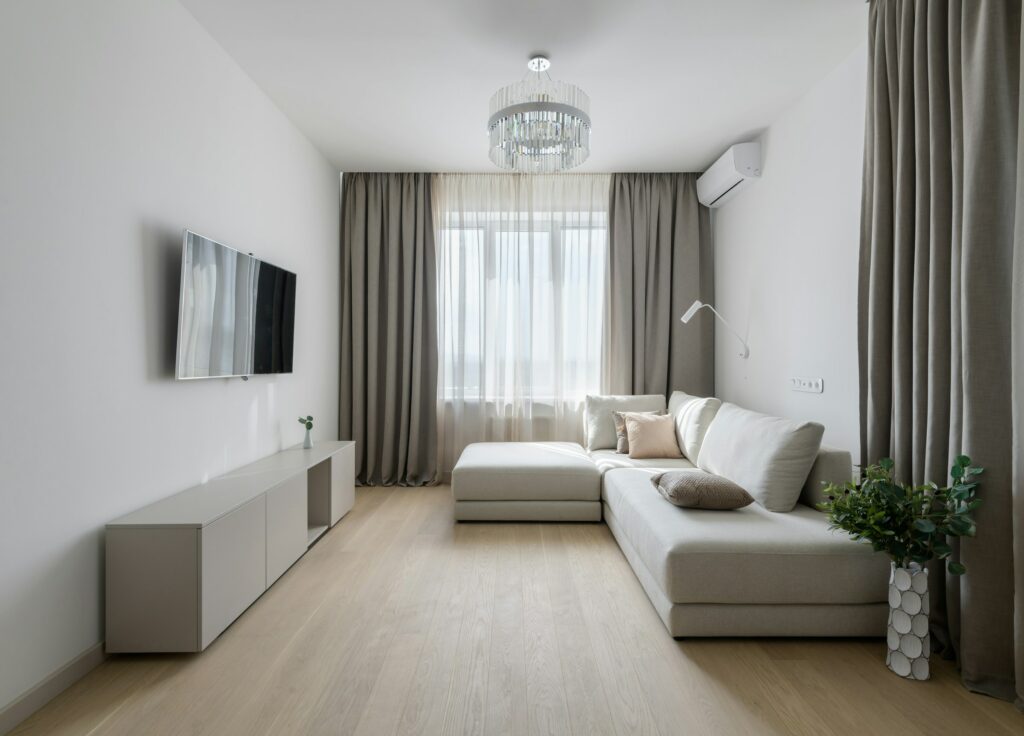
How to Save Energy at Home: Easy Energy Savers
Embrace the Off Switch
This one’s so obvious it hurts, but we’re all guilty of leaving lights and electronics on when we’re not using them. Make it a habit to do a quick sweep before leaving a room or your house, turning off anything that doesn’t need to be on.
Pro tip: Use power strips for electronics clusters (like your TV and gaming setup) so you can shut everything off with one switch.
Let There Be (Efficient) Light
Switching to LED bulbs is one of the easiest ways to reduce energy use. They use up to 90% less energy than old-school incandescents and last way longer. Yes, they cost more upfront but’ll save you money in the long run.
Thermostat Tweaks
Small adjustments to your thermostat can lead to big savings. In summer, bump it up a degree or two. In winter, lower it slightly. You’ll barely notice the difference, but your wallet will. For the data nerds: The Department of Energy estimates you can save up to 10% a year on your heating and cooling costs by lowering your thermostat 7-10 degrees for 8 hours a day.
Vampire Slaying
No, not the Buffy kind. “Vampire” or standby power is the energy electronics use when they’re turned off but still plugged in. It accounts for 5-10% of residential energy use. Unplug chargers and appliances when not in use, or use smart power strips to cut off the flow automatically.
Vampire Slaying
No, not the Buffy kind. “Vampire” or standby power is the energy electronics use when they’re turned off but still plugged in. It accounts for 5-10% of residential energy use. Unplug chargers and appliances when not in use, or use smart power strips to cut off the flow automatically.
Level Up: Intermediate Energy Saving Tactics
Insulation is Sexy (Trust Me)
Okay, maybe it’s not sexy, but it’s definitely important. Proper insulation keeps your heated or cooled air where it belongs – inside your home. Check your attic, walls, and floors for adequate insulation. It’s not the most exciting home improvement, but it can cut your energy bills by up to 15%.
Window Wisdom
Windows can be a major source of energy loss. Consider:
- Weatherstripping to seal air leaks
- Installing double-pane windows
- Using thermal curtains or shades
Fun fact: About 30% of a home’s heating energy is lost through windows. Don’t let your hard-earned cash fly out the window.
Appliance Upgrades
When it’s time to replace old appliances, look for ENERGY STAR-certified models. They use 10-50% less energy than standard models. It’s like putting your energy bill on a diet without any harmful side effects.
Water Heater Wisdom
Your water heater is secretly one of the biggest energy hogs in your home. Try these tricks:
- Lower the temperature to 120°F (49°C)
- Insulate the tank and pipes
- Consider a tankless or heat pump water heater for even more savings
Advanced Moves: Big Investments, Big Savings
Solar Power
Installing solar panels is like printing money on your roof (okay, not quite, but close). While the upfront cost is significant, solar can dramatically reduce or eliminate your electricity bills. Plus, you get to feel smug about your eco-friendliness.
Smart Home Tech
From learning thermostats to automated lighting systems, smart home technology can optimize your energy use without you lifting a finger. It’s like having a tiny, obsessive energy manager living in your walls.
Energy Audit
Consider hiring a professional for a home energy audit. They’ll identify all the energy weak spots in your home and provide a roadmap for maximum efficiency. It’s like a physical for your house, minus the awkward paper gown.
The Bottom Line:
In conclusion, saving energy at home doesn’t require a PhD in physics or a monk-like dedication to asceticism. It’s about making smarter choices, investing in efficiency where it counts, and developing habits that align with your values (and your desire for a lower utility bill). Start small, be consistent, and watch your energy use – and bills – shrink. Your wallet and the planet will thank you.
Frequently Asked Questions:
Are energy-efficient appliances worth the extra cost?
Generally, yes. ENERGY STAR appliances can save you hundreds of dollars over their lifetime by reducing energy costs.
How much can I really save by adjusting my thermostat?
You can save up to 10% a year on your heating and cooling costs by adjusting your thermostat 7-10 degrees for 8 hours a day.
Does turning off lights really save that much energy?
Yes, especially for energy-hungry incandescent bulbs. For LEDs, it’s worth turning them off if you’ll be gone for more than a minute.

